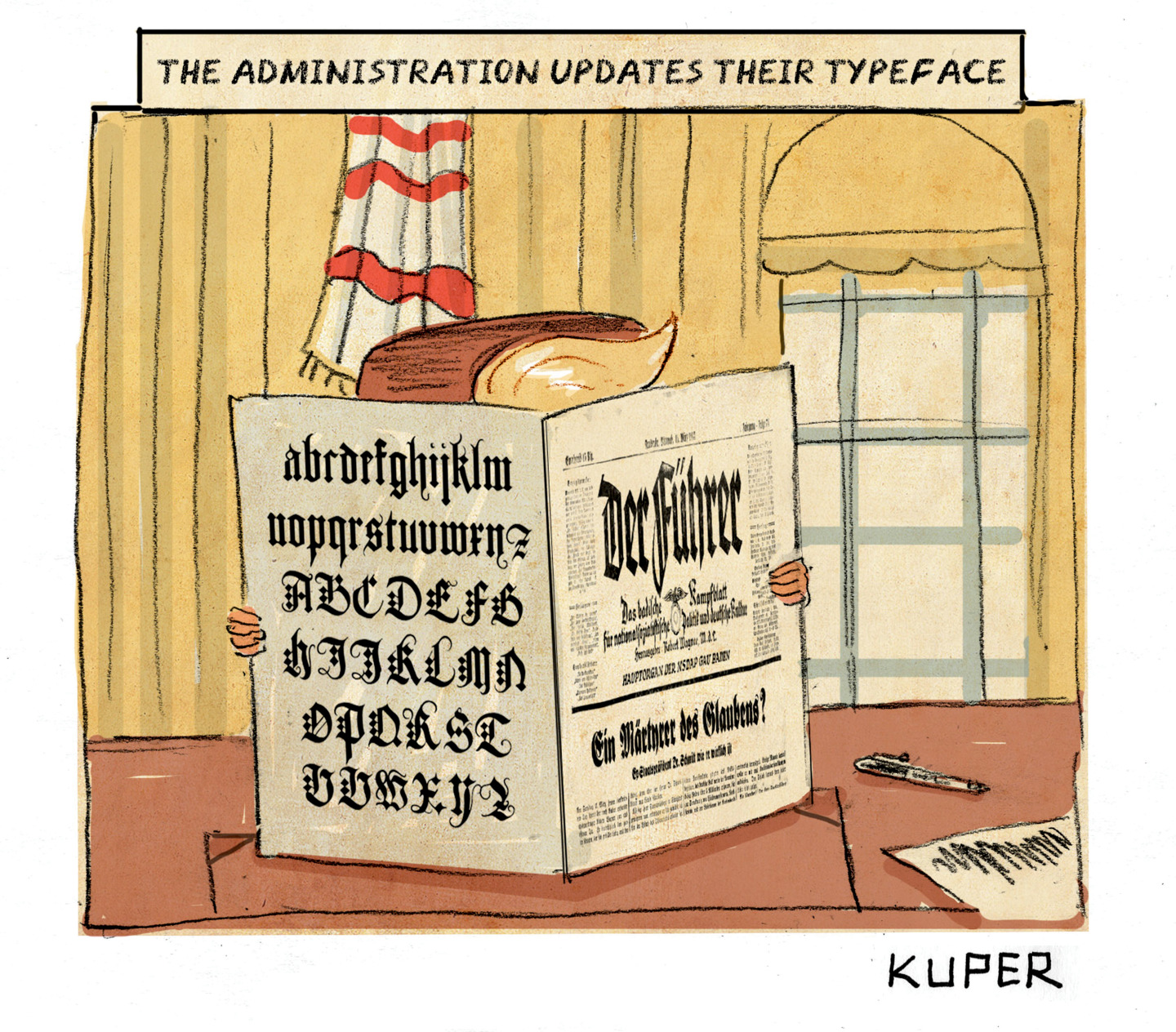Hiroshi Sugimoto
Japanese photographer Hiroshi Sugimoto’s deceptive photographs give viewers more than just something to look at.
Japanese photographer Hiroshi Sugimoto is a master of deceit, said Joanna Shaw-Eagle in The Washington Times. The 120 photographs on display at the Hirshhorn Museum and Sculpture Garden trick the eye on several levels. The scientific precision of his wildlife photos makes them appear lifelike—but they are actually photographs of dioramas in natural history museums. He also tricks the eye with 'œPortraits,' a 1999 series of historical figures photographed in Madame Tussaud's wax museum. The hypnotic series 'œColors of Shadow' plays with the mind in other ways. It consists of photos of the shadows of the shikkui, or plaster finishing, in his Tokyo hilltop apartment. Each one of his pieces reveals Sugimoto's 'œlove of detailed, layered 'realities.''
In Sugimoto's hands, the camera often seems to be a time-travel machine, said Michael O'Sullivan in The Washington Post. This is especially true in the nearly detail-free 'œSeascape' photographs. According to the wall text, Sugimoto asked himself if it were possible to view a scene 'œjust as primitive man might have.' 'œThe answer, apparently, is yes.' Sugimoto chose water for its 'œtimeless immutability'—unlike land, it never changes form. His subjects include the North Atlantic from Cape Breton Island; the Caribbean from Jamaica; and the English Channel from Weston Cliff. The photographs don't try to convey sense of place. Rather, Sugimoto invites viewers to see his primeval oceans with, 'œquite simply, awe.' As a whole, this exhibit reveals that Sugimoto isn't interested in mere appearances; he wants to photograph 'œthe essence of things.'
A free daily email with the biggest news stories of the day – and the best features from TheWeek.com
The Week
Escape your echo chamber. Get the facts behind the news, plus analysis from multiple perspectives.

Sign up for The Week's Free Newsletters
From our morning news briefing to a weekly Good News Newsletter, get the best of The Week delivered directly to your inbox.
From our morning news briefing to a weekly Good News Newsletter, get the best of The Week delivered directly to your inbox.
-
 Political cartoons for December 16
Political cartoons for December 16Cartoons Tuesday’s editorial cartoons include calibrating fonts, Christmas classics, and more
-
 Cryptocurrency and the future of politics
Cryptocurrency and the future of politicsIn The Spotlight From electoral campaigns to government investments, crypto is everywhere and looks like it’s here to stay
-
 Ssh! UK libraries worth travelling for
Ssh! UK libraries worth travelling forThe Week Recommends From architectural delights to a ‘literary oasis’, these are some of the best libraries around the country
-
If/Then
feature Tony-winning Idina Menzel “looks and sounds sensational” in a role tailored to her talents.
-
Rocky
feature It’s a wonder that this Rocky ever reaches the top of the steps.
-
Love and Information
feature Leave it to Caryl Churchill to create a play that “so ingeniously mirrors our age of the splintered attention span.”
-
The Bridges of Madison County
feature Jason Robert Brown’s “richly melodic” score is “one of Broadway’s best in the last decade.”
-
Outside Mullingar
feature John Patrick Shanley’s “charmer of a play” isn’t for cynics.
-
The Night Alive
feature Conor McPherson “has a singular gift for making the ordinary glow with an extra dimension.”
-
No Man’s Land
feature The futility of all conversation has been, paradoxically, the subject of “some of the best dialogue ever written.”
-
The Commons of Pensacola
feature Stage and screen actress Amanda Peet's playwriting debut is a “witty and affecting” domestic drama.